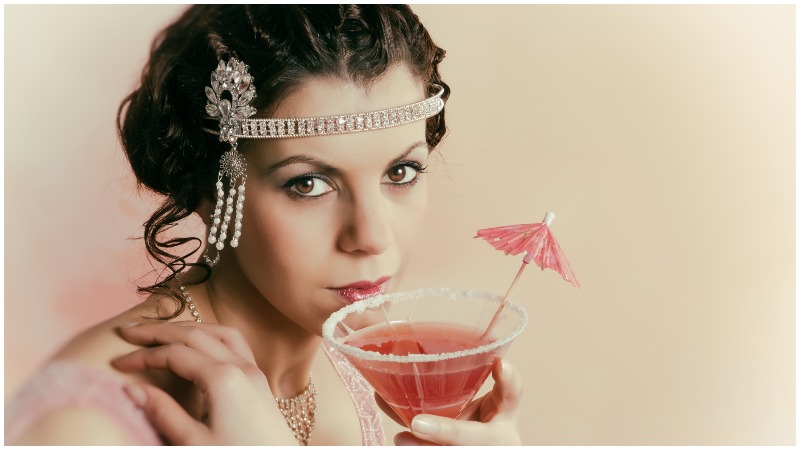Prohibition represented one of the wildest periods of American history. The making, sale and movement of alcohol was outlawed in the United States in 1920, following pressure from the country’s moral and political champions.
They were unusual times, and led to some truly surprising developments. So here are 5 of the craziest examples where Prohibition equaled pandemonium…
5. The top booze buster was named Einstein
It wasn’t just Albert who was a genius during the times of Prohibition. The Land of the Free’s booze supply had been cut off, but it didn’t quite stem the flow of refreshment.
Enterprising criminals, most notably Al Capone in Chicago and other bootleggers, took full advantage of the situation with their own brand of liquid fun.
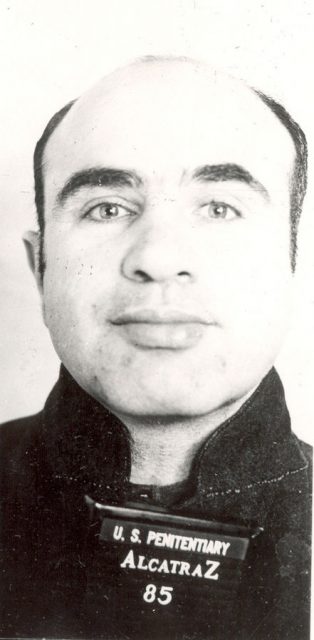
Standing in his way was the newly-formed Federal Prohibition Unit. Instead of drawing on trained professionals to seek out liquor lovers, they put out a call for agents from the public. Step forward Isadore “Izzy” Einstein, a former postal service worker.
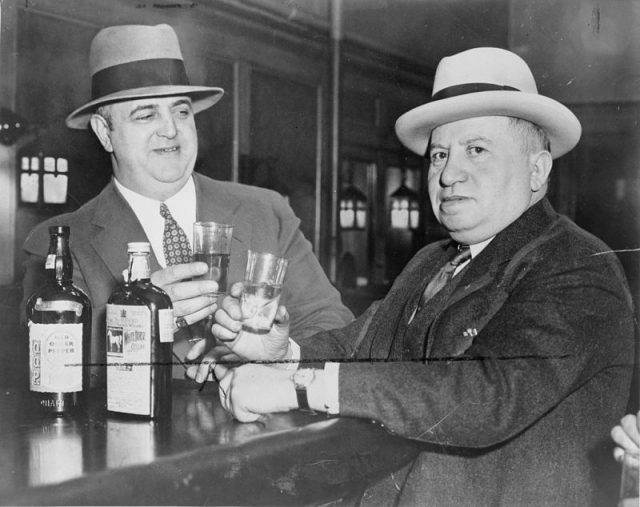
This Einstein rapidly became famous for using his “average Joe” looks to access speakeasies. He’d even crack a joke about being a Federal agent and no-one would believe him. They thought the badge he flashed was fake.
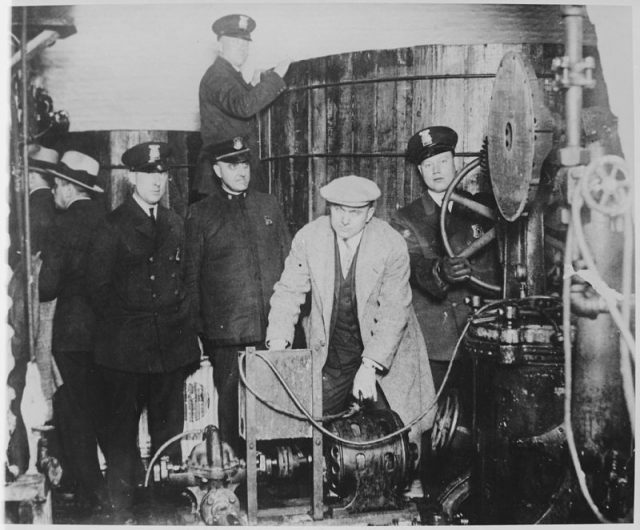
Together with partner Moe Smith he used a range of disguises. The ATF (Bureau of Alcohol, Tobacco, Firearms and Explosives) website states that “He arrested bartenders as a German pickle packer, a Polish count, a Hungarian violinist, a Yiddish gravedigger, a French maitre d’, an Italian fruit vendor, a Russian fisherman, a Chinese launderer, and an astonishing number of Americans… Once, he even dressed up as a black man in Harlem.”
4. You could buy alcohol in drug stores
Knocking back a tipple or two wasn’t illegal during Prohibition, at least if you did it in your own home. However there was another route to inebriation… your friendly neighborhood drug store owner.
Alcohol could be prescribed for medical complaints, leading to a legal yet loaded scenario where doctors became bartenders. If patients had a few dollars to pass over the counter, they could quench their thirst.
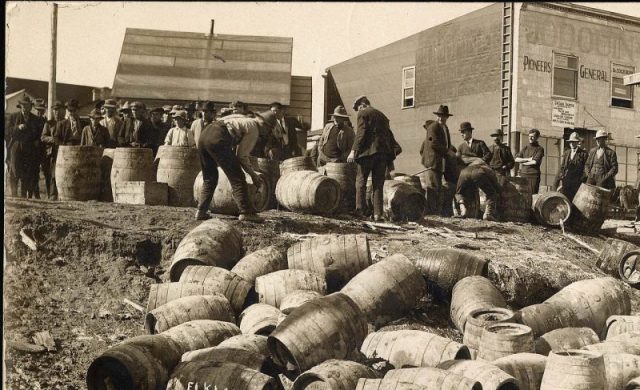
A Smithsonian Magazine article quotes Daniel Okrent, author of the book Last Call: The Rise and Fall of Prohibition. He says that “Presumably, doctors were doing examinations and diagnoses, but it was mostly bogus…
There may have been some people who were being prescribed because there was a perceived medical need, but it was really a way for some physicians and pharmacists to make a few extra bucks.”
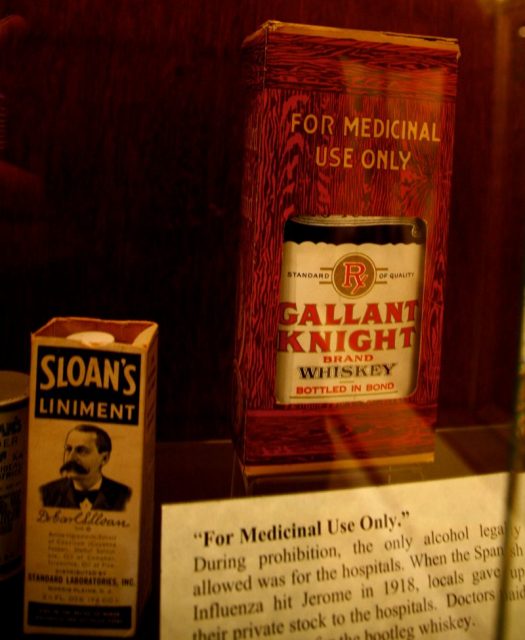
As for brewers and distillers, they had to think outside the box. Pabst made their own cheese for example, though they and other companies bent the rules over alcohol production. Take “Raisin cakes,” sold by vineyards, which tended to ferment if customers somehow “forgot” to eat them.
3. For “Pig” read “Drink”
The term “speakeasy” is often associated with a drinking den. Yet there was another name that’s maybe less well known – a “blind pig.”
The idea was to go and check out a porcine attraction kept by the establishment in question. These were billed as “striped pigs,” the stripes added with a paintbrush by some unscrupulous owner. And while patrons were there, they might as well enjoy a cheeky tipple on the side.
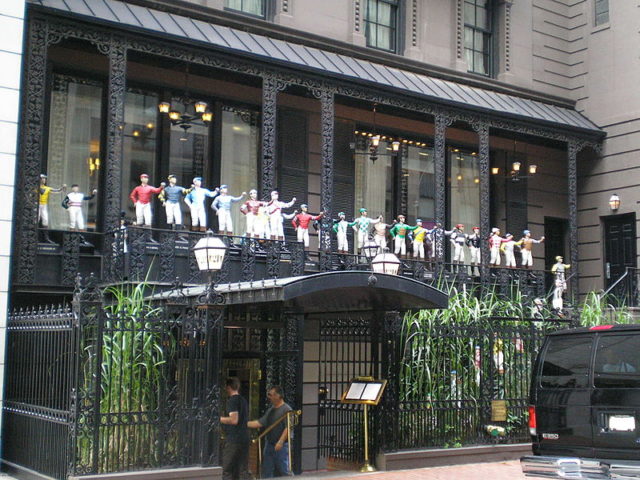
As for the origins of the expression blind pig, they are ambiguous. Website Alcohol Problems and Solutions speculates that maybe “the striped pig was made of clay. It could see nothing. So it was not only striped but it was also a blind pig… A second theory is that pig refers to police. An illegal drinking establishment needs police be either indifferent or corrupted.”
2. Insanitary conditions
Prohibition is sometimes regarded as a light-hearted game of cat and mouse between drinkers and detectives. However there was a dark side to the antics… namely the health and safety nightmare of illicit booze.
It was the age of home brewing, and conditions existed that were far from sanitary. Around 1,000 people died from the effects of poorly-prepared liquor per year.
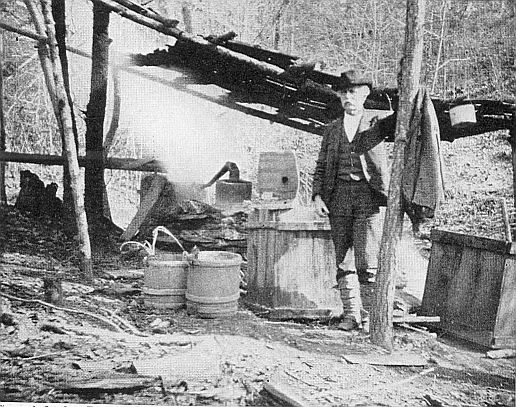
Considering the national dry spell lasted 13 years that’s a shocking figure.
The website Prohibition: An Interactive History mentions that “Some of these moms and pops… used a small still to ferment a “mash” from corn sugar, or fruit, beets, even potato peels to produce 200-proof alcohol, then mix it with glycerin and a key ingredient, a touch of juniper oil as a flavoring.
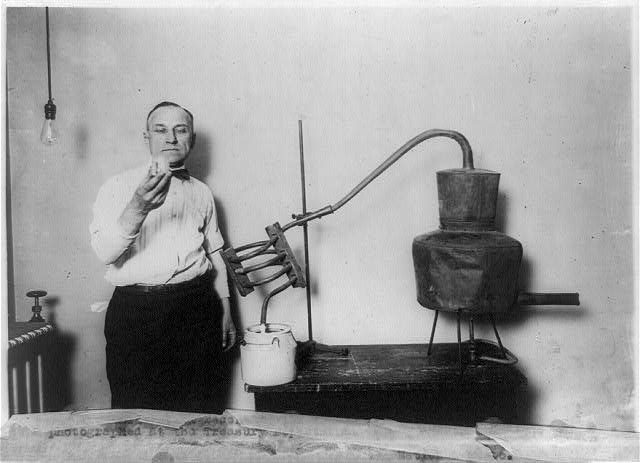
To turn this highly potent liquid into a rank “gin,” they needed to water it down by half. But their bottles often were too tall to fit under the spigot in the kitchen sink, so they used the one in the bathtub.”
“Bathtub gin” tasted pretty terrible, so to disguise the flavor bartenders threw in some extra ingredients. From there the cocktail was supposedly born, though this is believed to be something of a legend.
1. Rewriting the Bible
And lo the Angel of the Lord came down. And he was swaying slightly, as if intoxicated by a devilish brew. Whilst those words never appear in the Bible, there was a time when churchgoers saw the other extreme — a removal of alcoholic references from the Good Book altogether.
The Temperance Movement, which played a key role in making Prohibition a reality in the first place, found comfort in religious doctrine. Unfortunately there was a slight snag with that when it came to the Bible, where alcohol was explicitly mentioned.
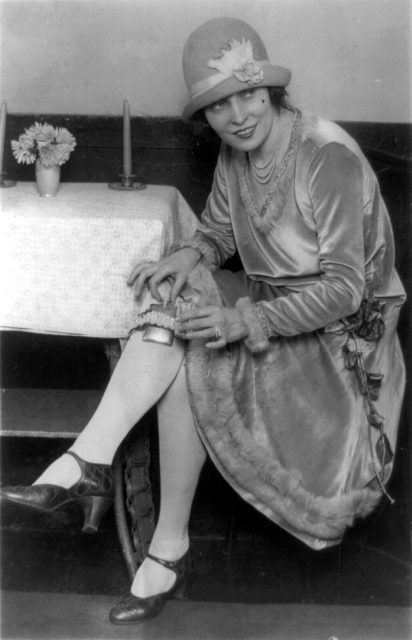
One of the most well-known passages was especially problematic, and they resolved the issue in intriguing fashion. As described by Alcohol Problems and Solutions, their line “was to insist that Jesus drank grape juice rather than wine.”
This strategy was then expanded to include a spot of editing: “During Prohibition, temperance activists hired a scholar to rewrite the Bible by removing all references to alcohol beverage.”
Prohibition gave rise to some silly situations, but amending the word of God has to be the epitome of craziness during the thirstiest 13 years in American existence.
